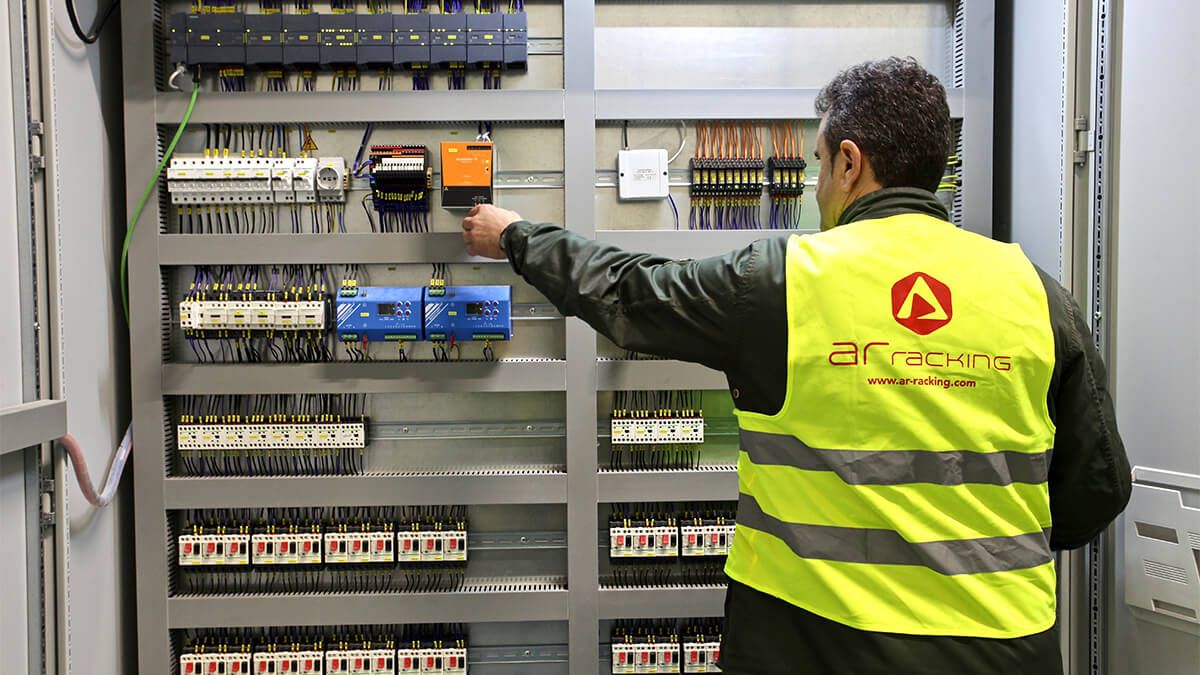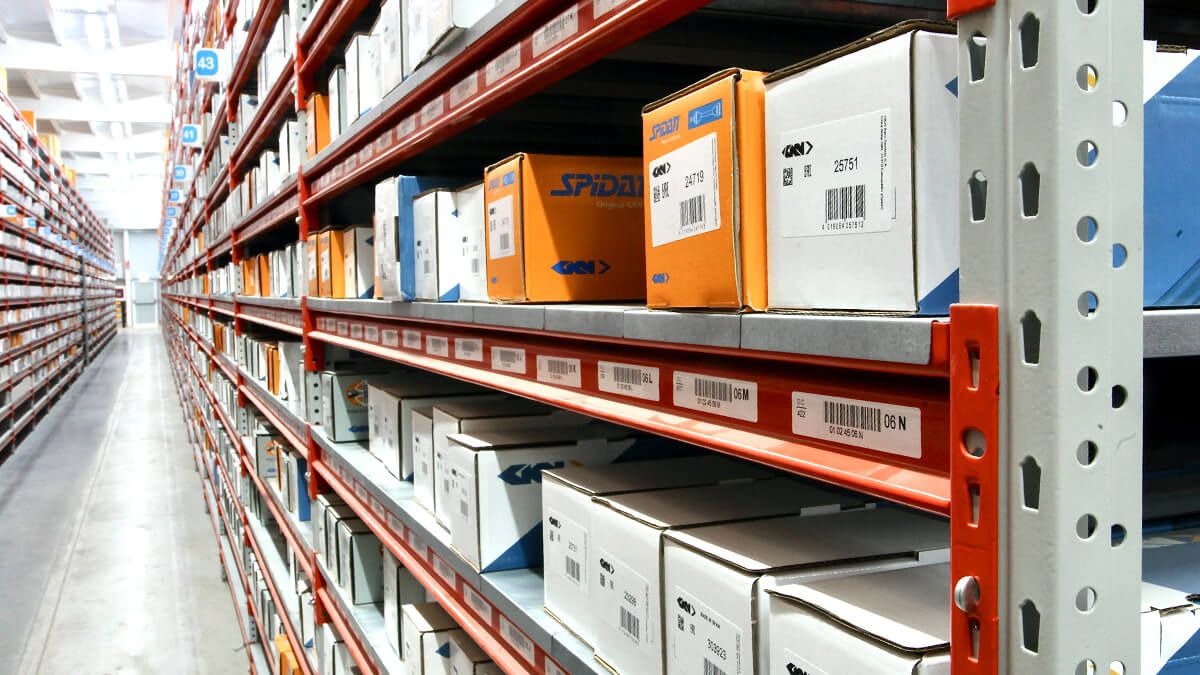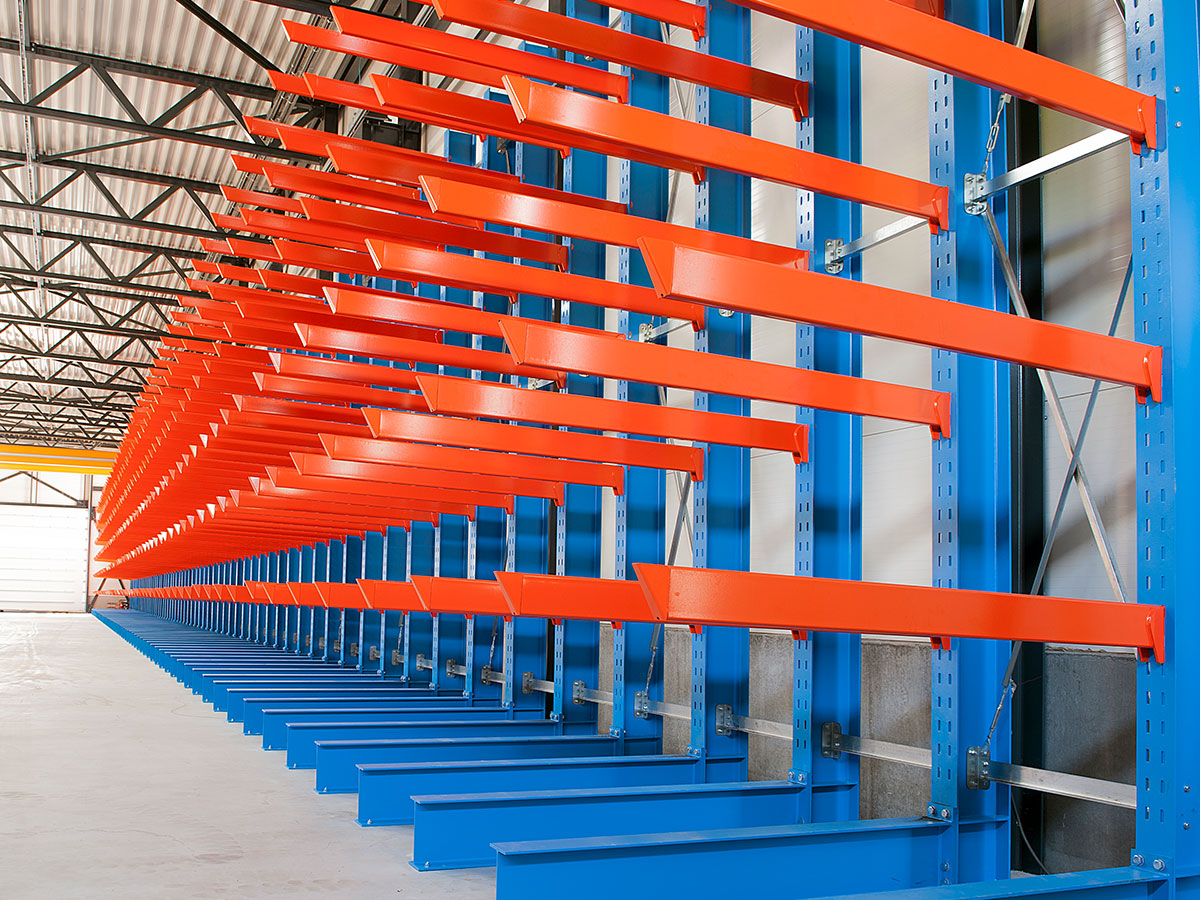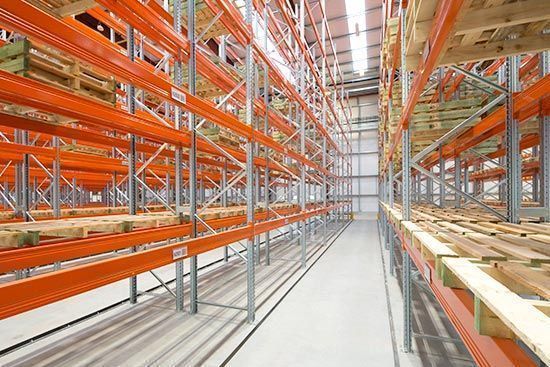Agility and efficiency in warehouses are vital for their smooth operation, and one of the latest innovations they now have is RFID technology. Barcode technology has evolved notably in recent years giving rise to RFID (Radio Frequency Identification) technology. This system reads the identification codes through the use of radio waves, and makes them easier to read.
We will focus below on analysing their potential, characteristics and main advantages and disadvantages in their application in warehouse and logistics tasks.
What is RFID?
RFID (Radio Frequency Identification) is a technology that is able to transmit the data stored in a microchip through radiofrequency signals. It includes a defined protocol that stores and recovers information remotely, using tags, cards, etc.
RFID is ideal for the processes of warehouses or distribution centres, as the functions performed in them are always related to products and goods that have tags with necessary information. With this technology it will be simpler to monitor goods and know their origin and destination.
These data are identified instantly and without any human intervention, providing major time, efficiency and safety savings.
RFID applications and uses in the warehouse
When identifying, tracing and managing the product error-free in each logistics phase, RFID tags facilitate this work, as warehouses increasingly demand greater efficiency and agility. This system offers the warehouse infinite possibilities. Apart from the control of goods other processes such as the entry of trucks, handling equipment, etc. can be controlled too.
Stock management and GPS
It is ideal for correct control and storage of the warehouse stock, for example, a computer connected to RFID technology can see in real time throughout the whole warehouse whether the stock is about to run out or if it is at an optimum level, communicating this information to those responsible. The chips may also contain indicators for the purposes of better storage and a GPS for tracking.
Storage data
The great advantage of chips is that the information stored on them can be modified at any time. If the location of the product changes or if it is stored in a place at a necessary temperature, the chip will be able to detect whether this temperature changes to ensure it is always stored correctly.
Safety
Apart from using it for daily processes, it is essential to comment on the extra security provided by this technology for the warehouse. Risk of losses, delays or even theft can be avoided. Many companies apply this technology in their warehouse to minimise errors in the logistics processes and improve safety and reliability in their supply chain for their customers.

Advantages and benefits of RFID in a warehouse
RFID technology provides a wide variety of advantages for warehouses. Their operations improve if the processes are automated for increased profitability, resulting in labour and time savings.
Some of the main benefits of using RFID systems in a warehouse are:
Product customisation
Thanks to the data collected in the chip included in each product, the products can receive a customised and unique treatment. Accordingly, the information on each unit in movement in the supply chain is controlled and centralised at all times, simplifying decision-making.
Agility and time-saving
This technology significantly improves the efficiency of all processes compared to barcodes and other more traditional methods. Moreover, workers save time as product inventory is automated and faster. This would be one of the main benefits of RFID.
Automatic registration
When all the products in the warehouse are registered using this technology, the inflow and outflow processes, expiry, errors, etc. will be automatic. This speeds up the whole process reducing errors, from product selection through to shipment to the customer.
Tracking and traceability
The products will be under control at all times, and thanks to their built-in GPS it will be quick and simple to identify and locate the goods without the need for a visual line between the reader and the tag. In terms of traceability, in this publication we talk about the traceability systems for industrial racking.
Authenticity and veracity
Each product has its own unique information which gives it authenticity and veracity. This is one of the major advantages of RFID technology.
Inventory and replenishment
It provides greater inventory control avoiding a stockout, as it will inform us when there is a shortage of items, when items are in the wrong location and when they are defective. The application of RFID technology improves and speeds up the stock management process in a warehouse.

Possible disadvantages of using RFID in logistics
Although in general terms these technologies provide advantages and mark a step forward for the sector, as with all innovations they also bring with them a series of challenges and difficulties that may be negative points when considering their application.
High installation costs
Implementing this technology from scratch in our warehouse requires a significant initial investment. Compared to barcodes, this technology requires more expensive and complex appliances and tools such as RFID inventory software, fixed or portable RFID readers, RFID tags and chips, etc.
What’s more, when installing new technologies, we always need to consider the costs and time of training warehouse staff.
Continuous updating costs
To maintain the effectiveness of this type of automated equipment, continuous maintenance and updating is required, which will entail an ongoing expense.
Interferences in RFID tags
When working in a humid climate or surrounded by many metallic products, the tags may not work correctly. They can also affect external radio waves creating interferences and reducing their functionality.
In addition, some liquid or metal materials are incompatible with these tags and do not allow the information to pass through them. When there are many tag references in one place, they can create errors as the different signals can skew the readings.
When choosing one storage system or another, RFID technologies will not be valid for every company or warehouse, so it will be necessary to consider the type of goods and its daily operations before applying this technology.
Compatibility problems
Tags vary depending on warehouses, sectors, countries, etc. For this reason, international companies may have compatibility problems with the management system and they would have to apply and adapt to different systems increasing costs.
How is RFID technology implemented in a warehouse?
Although implementing RFID technology is expensive, the benefits that it provides will make it worthwhile. When implementing any new project in warehouse installations, it is important to know why we need that project and what our goals are. Good planning is also necessary from start to finish.
The following generic points indicate the line to follow to implement RFID technology in a warehouse in an organised way:
Know the warehouse and its management
This step will be vital as it is necessary to know the physical characteristics of the warehouse, the processes that are being affected and why and where we need an improvement.
Know the goods and the needs required
Some of the processes to improve may be stock management, to ensure there is no shortage of goods or so that old products leave the warehouse, improving product traceability, improving the efficiency of the warehouse in general, etc. After knowing where and how we want to improve our warehouse, we will need to establish our objectives. For this, there are experts in RFID technology that help to choose the best options for warehouses.
Project a solution
Here we need to decide what type of solution to implement, what type of RFID tagging will be chosen, what type of readers will be used, whether RFID printers will be necessary, choosing the appropriate antenna, RFID portals and gateways, etc. Budgets also need to be considered, adapting them to the company’s financial reality.
Start-up
After everything has been well planned and organised, it will be time to establish the installation, which in general is quick and simple. It is essential to have good network connections, as all this technology will work with this connection to read and transmit the tag information. When everything is up and running, all we need to do is to check that everything works perfectly and to properly train the operators so that they know how to work with the new installations.













